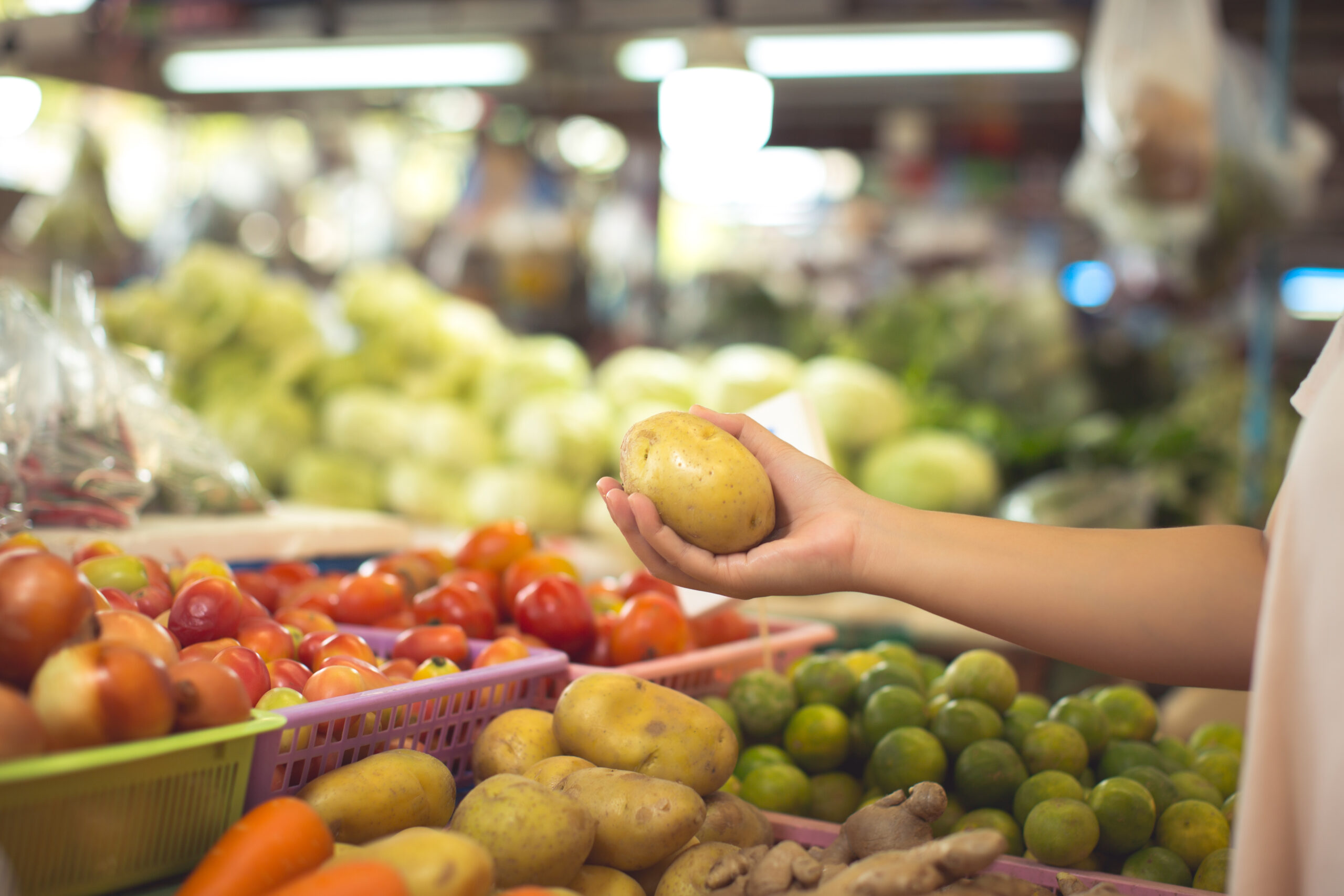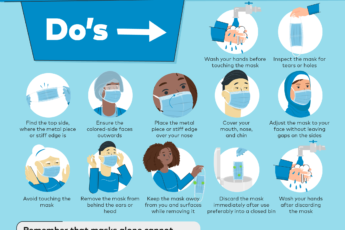Isn’t it daily we see the word fresh associated with every product we consume, have we ever wondered if they are fresh like they say?
In today’s time where everything has grown tenfold, technology, pharma, food, lifestyle, cost of living etc, we need to remember that the number of diseases has also drastically increased. BP and blood sugars were common at the age of 60, fifteen years back, but today it is common at the age of 40. There are infants with diabetes, juvenile diabetes and whatnot. We are sure these cases did exist back in the day also, but the number was comparatively less and is predicted to grow twice as of today’s number in approximately 20 years. Okay, if you have read so far, you may wonder why we are talking about diseases, we would like to start by explaining to you the correlation between food, health and disease.
Like in the Japanese way of life as quoted in Ikigai, Food, Health and Disease are all interconnected. When there is a proper intake of good food at the right amounts and at right intervals of time, it leads you to live a healthy life. The grey area that appears when you do not intersect good food with your health is when you become prone to a new disease. This could be due to the lack of a particular or many important components. In some cases, maybe because we were/are consuming unwanted substances that come free of cost with the fresh produce.
These are the chemicals that supposedly help the food product stay “fresh” for a longer period. Let us clear this, fresh produce is only fresh for the first three days after harvest, consuming them at this stage is practically impossible as we are living in a cosmopolitan city where everybody is rushing towards something.
We have a few questions for you,
Do you think the vegetables and fruits you procure/ eat is within 2-3 days of harvest?
Do you think these vegetables and fruits grow to their size without the use of chemicals? How many years are you planning to eat the small amounts of chemicals present in the fruits and vegetables?
How long do the chemicals take until it gets to your health?
Tricky questions, aren’t they? Well, we are going to break a few of your thought bubbles and spray some facts. The vegetables and fruits we consume are already a couple of weeks older which makes it grade 2 quality. The natural size of a native tomato is half an inch bigger than that of a lemon, the natural size of brinjal is that fits into a palm. These vegetables grow bigger and faster because of the use of chemicals.
And no, chemicals in tiny amounts does not mean they are acceptable. Vegetables and fruits are an essential compound in the food we consume for our survival, these small amounts will
eventually accumulate into a larger amount someday which will become a disease-causing agent or become the reason behind the failure of several organs. These pesticides are not dissolved by water and hence they are subjected to chlorine treatment, which has bigger side effects. It is like having a lion guard you against a cat. It is known that 73% of pesticides remain on the surface due to the usage of chemicals and insecticides like endosulfan, lindane, carcinogens, dimethoate, malathion etc.
With all these issues, if you are thinking, what is the solution to this,
it is our very own Ozone gas, which is available in abundance as it is a natural resource. It the only disinfecting agent that does not leave any residues.
Why are we using ozone when we can peel the skin off?
Good question but not all vegetables and fruits need peeling and the epidermis of the fruit or the vegetable is the highest source of nutrients. Thus, ozone helps in eliminating the chemical, pesticide and carcinogen residues in a short span of time. Ozone helps in deep cleansing the fruits and vegetables without cutting, peeling or any wastage of the produce. The Ozone gas decomposes the carbon dioxides and oxidizes the hazardous toxins, such as phenol and cyanides into harmless substances.
We at BonOzone, promote a healthier and happier lifestyle for you and for everyone around you with the most basic and natural resource which is the ozone gas.






